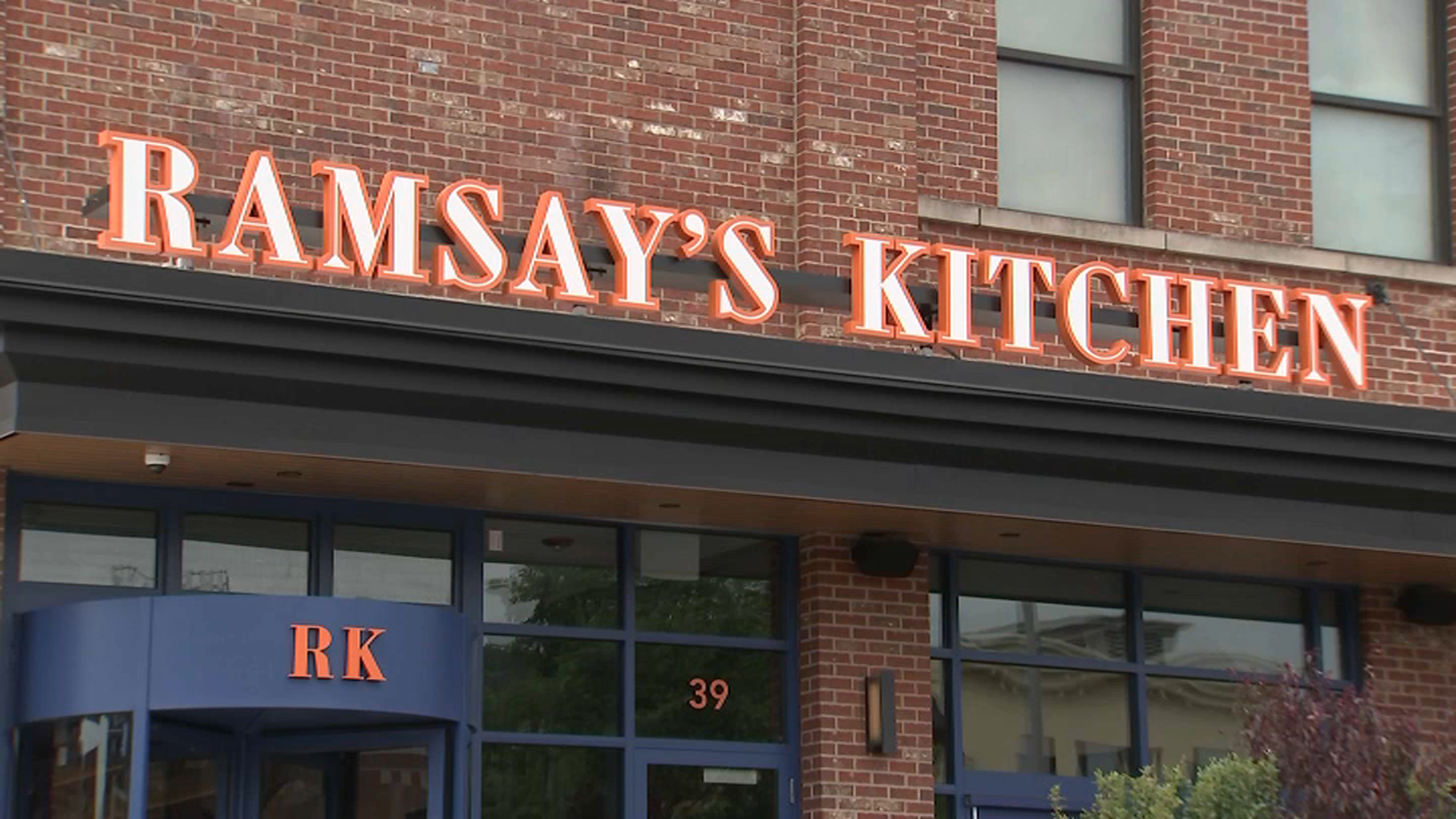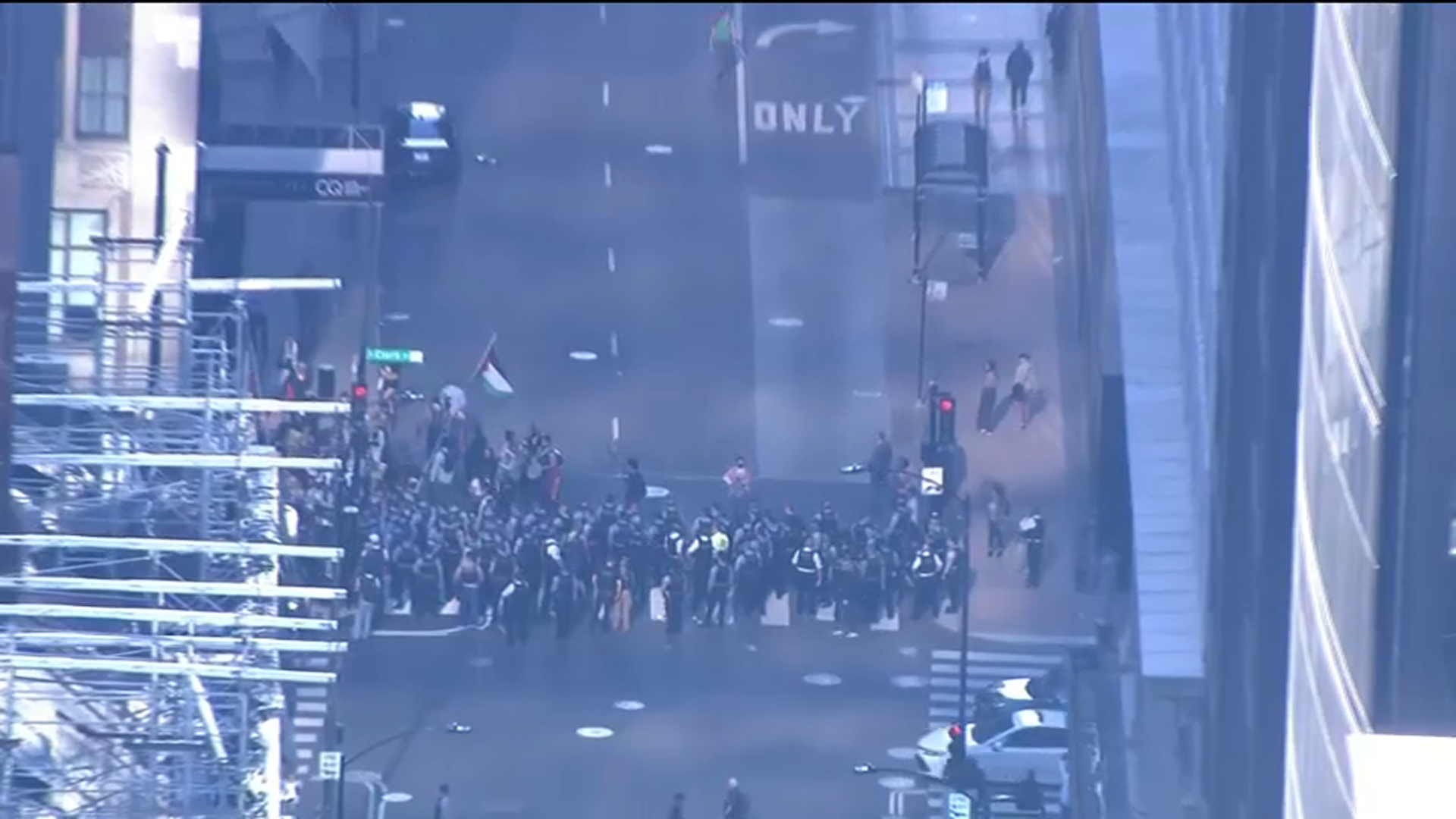For a state that ranks last or near-to-last in state funding in education, there has been surprisingly little public discussion on the formula used to determine how state education dollars are distributed.
All that could be changing, however, as a new report calls for streamlining how schools are funded and lawmakers are lining up to take a new look at the formula used to make such decisions.
The report, released Friday, says 96 percent of state education dollars should be distributed through a single umbrella formula based on the needs of school districts. The remainder, including funds for early childhood education, high-cost special education programs and capital projects, would remain separate.
As much of the state’s aid to education is based on a formula that relies on property taxes, school districts across the state can see a wide disparity in resources and funding.
At the same time, the state’s share of education funding has been slashed in recent years as the state faces fiscal crisis after fiscal crisis.
According to the Illinois State Board of Education, from 2099 to 2013 Illinois’ allocations for elementary and high school education has been cut by more than $861 million, or nearly 12 percent, even though public school enrollment levels have remained roughly constant at 2 million pupils.
As recently as last year, Illinois ranked last in state education funding, with two-thirds of Illinois school districts operating in the red.
Local
In January, the state Board of Education asked lawmakers for an additional $1 billion in funding for 2105.
Andy Manar, a Democratic state senator from downstate Bunker Hill, co-chaired the Senate Advisory Committee on Education Funding, which issued the report. On Monday, Manar said he would vote for a plan that brings equity to education even if it means local schools he represents get less money.
He also pointed to the danger of allowing the system that exists to remain in place, further cementing existing funding inequalities across the state.
[Manar] says districts are so dependent on property taxes, the gap between rich and poor is essentially permanent.
"Even if a district like East St. Louis wanted to raise revenue locally, they would have to raise tax rates so high that it would be impossible. That's how much of a gap we have between the haves and the have nots in the state."
After the report was released, state senator Daniel Biss of Evanston released a statement saying he supported the report’s findings.
“Changing the formula that distributes money to school districts will never be painless or easy,” Biss said. “But the committee’s recommendations are a firm step in the right direction.”
Biss warned, however, that any formula is “pointless unless (the state) can fully fund it.”
For her part, Lt. Gov. Sheila Simon, who serves as Gov. Pat Quinn’s point person on education, said the recommendations in the report could be a milestone in fixing Illinois’ school funding problems.
“By creating a single funding formula, increasing transparency about how school funds are being spent, and prioritizing resources, we can take important steps toward a sustainable and equitable education system,” Simon said in a statement Monday.



